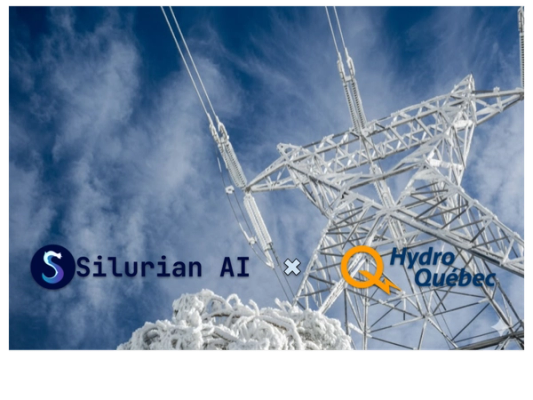What if your weather forecast wasn’t just “good enough” but was consistently sharp, accurate, and reliable, updating every hour to support your most important decisions?
That’s what our new model, GFT-US, brings to the contiguous continental U.S. It offers an AI-based alternative to NOAA’s widely used HRRR model. GFT-US is highly accurate, adds new variables, and is available twenty minutes earlier than HRRR:

That's not all, GFT-US supports:
Probabilistic forecasts for wind and solar: On request, GFT-US can provide explicit uncertainty estimates (10th and 90th percentiles, a.k.a “P10” and “P90”) for wind and solar, making these forecasts a sharp decision-making tool for the energy sector.
Frequent updates are key, especially when dealing with rapidly evolving weather conditions. Hourly forecasts enable businesses, community leaders, and emergency services to adapt quickly and respond confidently to changing conditions:
Energy Producers: Hourly wind forecasts with clear uncertainty bands let wind farm operators precisely optimize work schedules around projected high generation periods, thereby reducing the chance of revenue shortfalls.
Transportation & Logistics: Frequent updates enable dynamic rerouting of shipments around evolving severe weather events, minimizing delays and financial losses.
Emergency Response & Public Safety: Frequent and accurate forecasts allow authorities to act with high confidence when issuing warnings and mobilizing personnel to safeguard life and property.
The weather isn't uniform. It's hyper-local. GFT-US's 3km high-resolution forecasts capture nuances like heat islands, wind patterns near mountains, sea breezes and intense isolated storms, transforming weather forecasts into well-defined, actionable insights. In contrast, most AI models currently operate at the resolution of the HRES model from ECMWF (10km)
Comparison between a 10m wind speed forecast of the ECMWF HRES model and GFT-US forecast. Most AI models to date operate at an even lower resolution than HRES.
To demonstrate the advantage of GFT-US, we have collected temperature and wind speed forecast error statistics at over two thousand weather stations distributed across the continental United States. Here is how GFT-US compares to NOAA’s HRRR model at those same weather stations.
In addition to arriving before HRRR, GFT-US is the clear winner for overall temperature forecast accuracy up to hour-24 and overall wind speed forecast accuracy up to hour-30. But what does this mean for a location near you? The following interactive chart allows comparison of forecast and actual temperature and wind speed at over 2000 weather stations across the contiguous United States.
Create an Earth API account, install the latest silurian SDK and use the snippet below to get more accurate short-term forecasts for any location within the contiguous United States!
from silurian import Earth # version >= 0.0.8
def main():
latitude = 32.77
longitude = -96.79
timezone = "utc"
units = "metric"
client = Earth(api_key=API_KEY)
response = client.weather.experimental.regional.usa(
latitude=latitude,
longitude=longitude,
timezone=timezone,
units=units,
)
print(response)
if __name__ == "__main__":
main()When evaluating forecast performance at individual weather stations, keep in mind that data quality is variable and regional biases exist.

When rime ice brings down a transmission line, it's already too late. Traditional weather models can't see it coming—they forecast regions, not assets. Our collaboration with Hydro-Québec validates that a weather foundation model like GFT can deliver day-ahead rime-ice alerts with 0.72 average precision, reducing expected dispatch costs while providing operators with actionable 72-hour warnings.
Silurian Team
October 24, 2025

Silurian and Hydro-Québec partner up to train Silurian’s Generative Forecasting Transformer (GFT) on utility-grade grid observation data to capture asset-level details and provide early warnings for catastrophic icing events. These results were recently presented at a CIGRE 2025 keynote.
Silurian Team
October 8, 2025
Learn how Silurian’s tailored models can help you make critical decisions earlier.
A team of researchers and engineers from:



